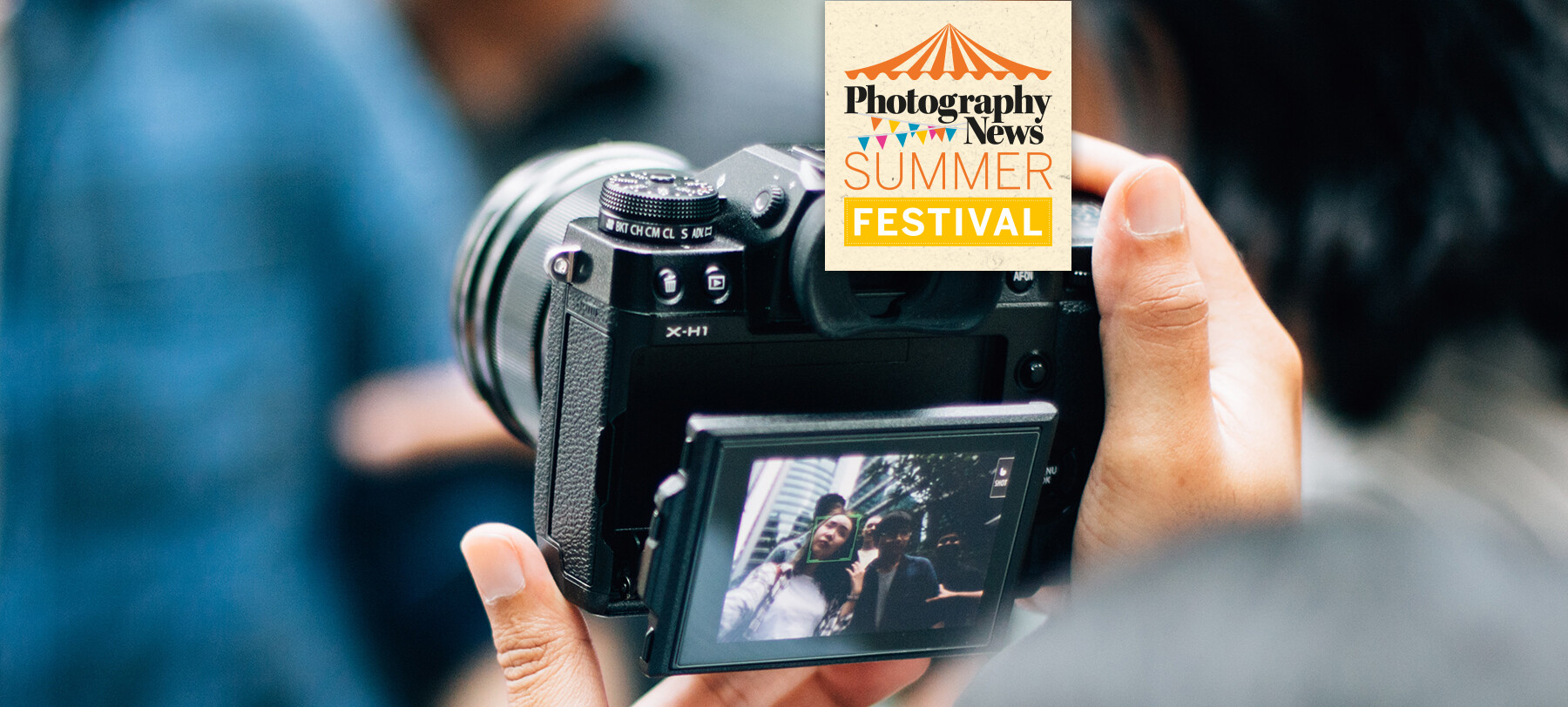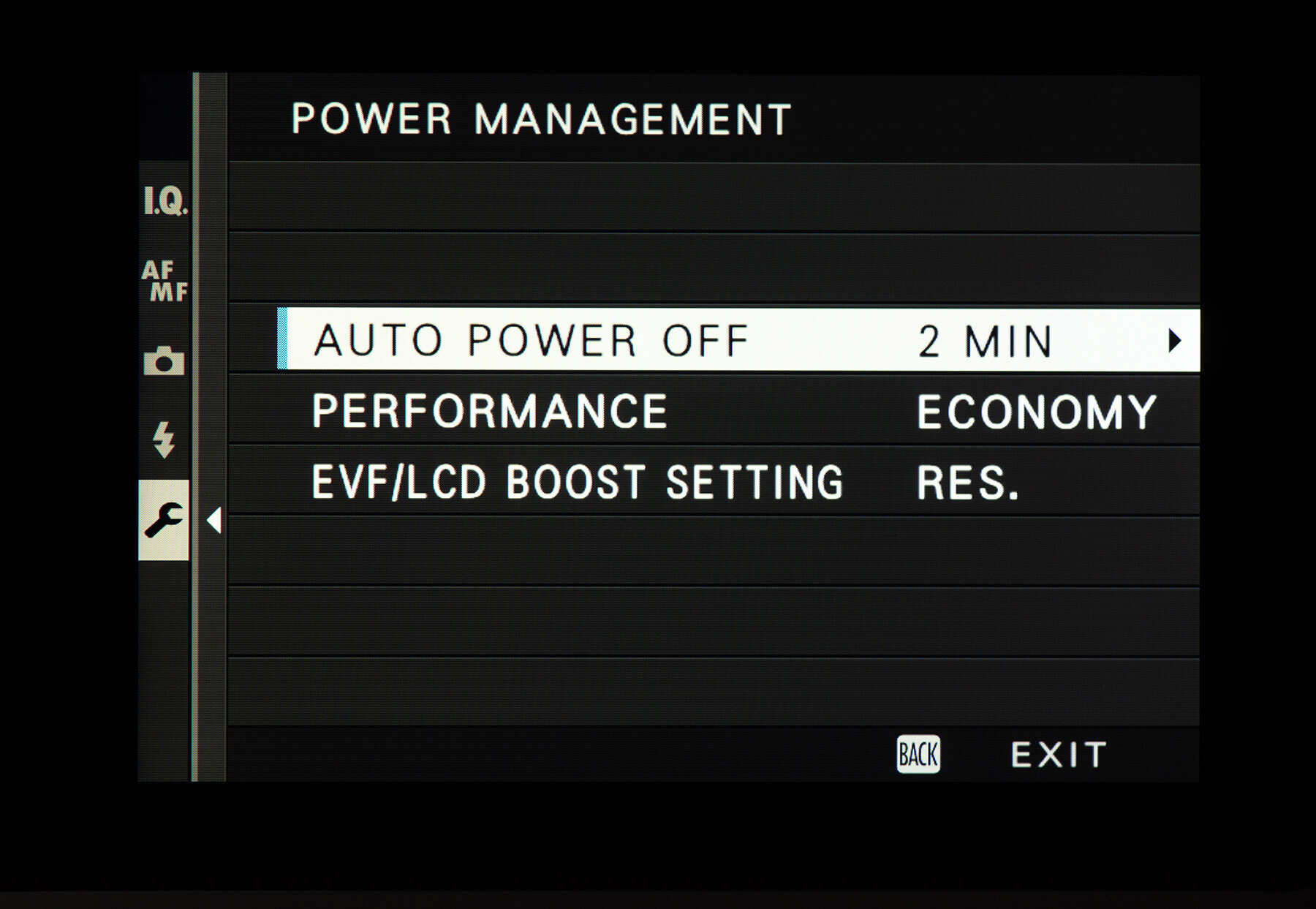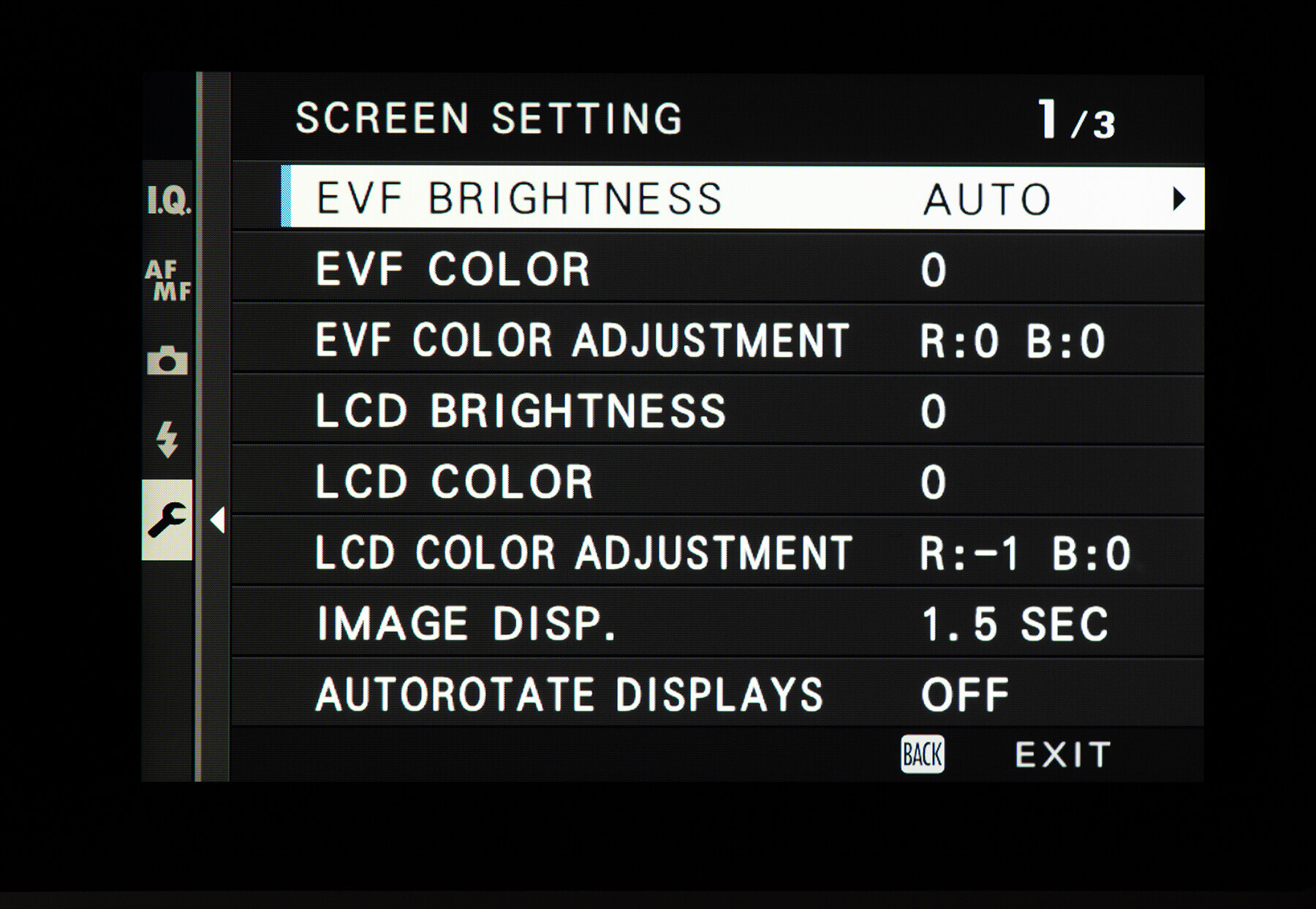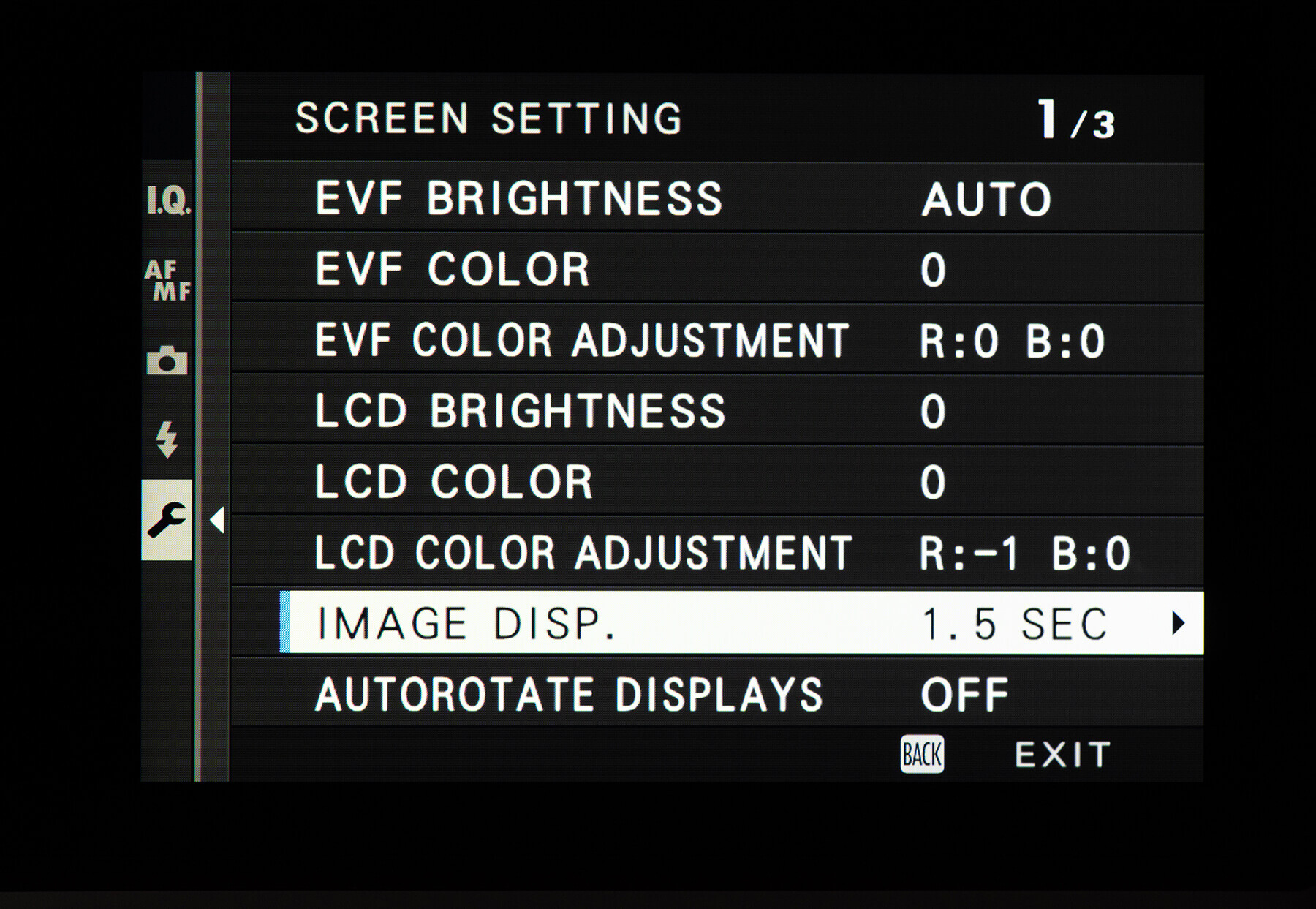
How to save mirrorless camera battery
Posted on Jun 1, 2020 • 8 minute read
Comparatively poor battery life is a problem with many mirrorless cameras, but there are a number of things you can do to improve it.
Issue 77 of Photography News kicked off our Summer Festival, and the first appearance in the photo kit tent was mirrorless cameras. You can read all about their benefits, find out how the perform and see how they compare to DSLRs in the magazine now.
One area that was touched upon was battery life, and while fairly significant improvements have been made, mirrorless cameras’ relatively poor performance is fair criticism. Thankfully, there are a few very simple steps that will allow you to save some camera battery life.
Before we start, we’re not handing out miracles here, and these tips won’t give you triple the shots per charge, as much as we wish they would. Also, you’ll find some simply won’t suit your needs and that’s fine, too – ultimately, whatever workflow helps you get the best shots is most important.
Tips included, there’s no substitute for a spare battery or two, especially on an important shoot. In addition to that, as covered in the magazine, some newer models are USB rechargeable, meaning you can carry a small powerbank and charge on the go.
Even still, making the most of what you have is always a plus, so let’s get into some tips.
LCD and viewfinder
One of the key reasons behind mirrorless camera battery drain is the electronic viewfinder and LCD combination, particularly when both are in use simultaneously. You may be surprised to learn that many mirrorless cameras perform better using only the LCD rather than only the EVF, despite the EVF being a much smaller ‘screen’. Regardless, shooting without the use of the viewfinder is completely out of the question for most photographers.
If you are happy to use only the LCD to compose and shoot, it will likely give you more shots per charge. If not, using only the EVF is the next best option. If you really need both, the least you can do is not have them both active at the same time. It’s likely your camera has an eye sensor that will give the option of automatically switching between the LCD and viewfinder when you raise it to your eye, so this could be a fair compromise.
Live view can also be a battery drain. It’s a fantastic tool in many instances, but in others it’s simply not necessary. Try using your camera’s light meter or live histogram instead and you might gain some extra shooting time.
Finally, the brightness of your LCD and viewfinder will be able to be turned down. If you’re using live view, don’t let this fool you into thinking your image is underexposed. Again, trust the light meter or histogram in this case.
Settings
Beyond your LCD and EVF, there are a host of settings that are a huge drain, and switching just a few of them off when not needed can help you save camera battery life significantly.
Potential culprits could be anything from continuous autofocus and in-body stabilisation to connectivity settings like Wi-Fi and Bluetooth. As an alternative to these, you could try AF-S or back-button focusing so your AF-C isn’t always hunting, shooting at a higher shutter speed to negate the need for IBIS and enabling connectivity only when needed.
It’s also very likely that your mirrorless camera will feature some sort of eco or power-save mode. It’s worth looking into the specific effects as they will vary from camera to camera, but it’s an option, even if it’s a last resort.
Finally on settings, consider how quickly your camera goes into hibernation. Having it do so after just a few seconds of inactivity can add up over the course of a day’s shooting. If saving camera battery is a concern, you don’t want your camera working at full power even when idle for upwards of a minute at a time.
When hibernating, it will wake and be ready for use in fractions of a second, meaning this is a great technique on the streets, during a portrait shoot, or in any other instance where you need your camera ready to go at a moment’s notice, but will likely encounter short periods of inactivity between.
Click the images to see a larger view
Use
Beyond anything to do with your camera’s set-up, how you actually use it plays a significant role in battery life.
First, you should have a good idea of when you’re actually going to shoot. If it’s likely to be irregularly, say, while shooting a landscape, it’s fine to turn your camera off, of course. If, though, you’re walking down the street turning your camera on and off every minute as you see something interesting, you’re being less than efficient with battery and it’s likely better to leave it on throughout.
We’d certainly never tell you to limit your shooting, but photographing with intention is usually only ever a good thing, and not just as far as conserving power is concerned. Whether you prefer to go for a ‘one and done’ approach or like to secure multiple shots of the same subject, try and go about it efficiently. Exploring a subject in depth and humming and hawing without actually taking a frame are very different things indeed.
Our last piece of advice on camera use is cut down on the chimping. For those unfamiliar, the term describes those that study their shots on the monitor each and every time, much like a chimp fixated on a particularly interesting stone. We’re all guilty of it sometimes.
By all means, review the important shots if you need to ensure they’re perfect, but otherwise, wait until you’re home and camera battery is no longer an issue is advisable – the photos aren’t going anywhere!
Battery care
Treating your camera battery the right way is important, not just for better performance now, but for longevity sake. It’s not particularly compelling reading, but it is important.
Most modern cameras take lithium-ion batteries, and while there’s a lot of research out there about the best treatment, most that we found points to a few key factors.
Firstly, as you likely already know, colder temperatures lead to a significantly reduced performance, so try to keep your camera and any spare batteries warm.
Secondly, some experts advise not letting lithium-ion batteries run completely flat or reach a full charge too often. Not charging to 100% may seem like a counterintuitive way to save camera battery, but there’s evidence to suggest it works. You should let the battery run flat roughly one in every 30 charges.
Another thing to consider is that lithium-ion batteries will degrade over time whether they’re in use or not, so don’t make the mistake of saving any spares for future use. If you do want to store one for any length of time, the supposed optimal way to do so is to keep it with roughly 40% charge in a cool environment. Storing batteries in your camera isn’t advised as you run the risk of damaging your whole system.
We hope you’ve found some of these tips useful. You can find more Summer Festival content in issue 77 and in our Inspiration section. There’s not just tips on photo kit, but photo technique and video technique, too! Find us on Instagram, Twitter and Facebook using the handle @photonewspn
Don’t forget to sign up to receive our newsletter below, and get notified about the new issue, exclusive offers and competitions.
Have you heard The Photography News Podcast? Tune in for news, techniques, advice and much more! Click here to listen for free.










